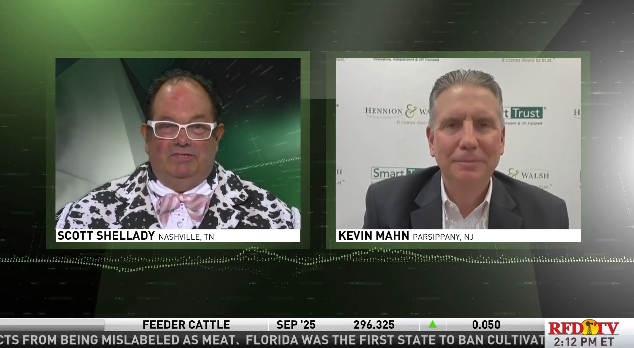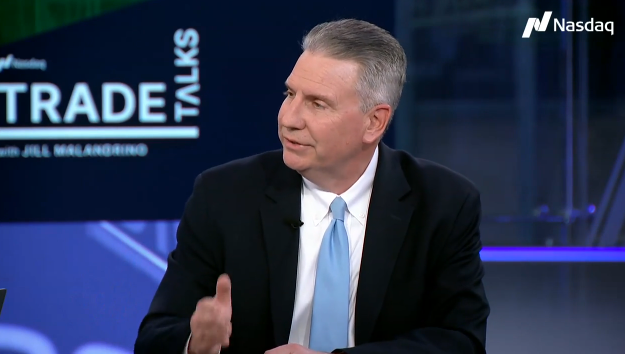
Employment Data Moves in Federal Reserve’s Favor

Global equity markets finished higher for the week. In the U.S., the S&P 500 Index closed the week at a level of 5738, representing an increase of 0.64%, while the Russell Midcap Index moved 0.94% last week. Meanwhile, the Russell 2000 Index, a measure of the Nation’s smallest publicly traded firms, returned -0.13% over the week. As developed international equity performance and emerging markets were higher, returning 3.76% and 6.18%, respectively. Finally, the 10-year U.S. Treasury yield moved higher, closing the week at 3.75%.
The U.S. economy continues to defy many expectations. A robust September jobs report released by the Labor Department sent a clear signal that the labor market remains in relatively good health, providing positive news for both workers and investors. Of course, these signals can, and often do, change.
Key Takeaways from the Recent Report:
• Strong Job Growth: Nonfarm payrolls surged by 254,000 jobs in September, significantly exceeding analysts’ forecasts.
• Lower Unemployment: The unemployment rate dipped to 4.1%, indicating a tightening labor market. It should be noted, however, that the Federal Reserve recently increased its forecast for the unemployment rate to 4.4% in 2024 and 2025.
• Wage Growth: Average hourly earnings rose by 0.4% and are up 4% year-over-year, suggesting that workers are currently seeing real wage increases.
What Does This Mean for Investors?
A relatively strong labor market has several implications for investors:
1. Economic Resilience: A strong job market is a sign of a healthy economy. It helps support consumer spending, business investment, and overall economic growth.
2. Market Confidence: A robust labor market can boost investor confidence and lead to higher stock prices.
3. Federal Reserve Policy: Consistent strong jobs reports may solidify the Federal Reserve’s plans for gradual interest rate cuts. However, the central bank will still need to monitor inflation and other economic indicators carefully.
The September jobs report is a positive sign for the U.S. economy. It suggests that the labor market remains resilient and that the economy is on a relatively solid footing. If these two factors are met, the odds of the potential for “soft-landing” by the Federal Reserve will increase. While the overall economic outlook is positive, investors should remain cautious as the Federal Reserve appears cautious. Regarding the latter, following the September FOMC meeting, the Federal Reserve lowered its forecast for real GDP growth to 2% for 2024. It’s important to diversify your portfolio and consider factors such as inflation, geopolitical risks, and potential market corrections.
Finally, last week, we mentioned the potential risks of a country-wide port shutdown in the U.S., as Longshore union workers began a strike to negotiate wages and other issues involving automation in the industry. As of Friday, both sides agreed to a 90-day stay on the strike, with management agreeing to a 63% pay raise over six years. Still on the table are negotiations around automation, something to be negotiated when they return to the bargaining table in January. For now, a major crisis has been averted, and the Ports will resume operations. It will take some time to clear the backlog created by the temporary strike, but a major inflationary crisis appears to be averted…for now.
Best wishes for the week ahead!
Equity and Fixed Income Index returns sourced from Bloomberg on 10/4/24. Employment data was sourced from the Bureau of Labor Statistics on 10/4/24. Economic Calendar Data from Econoday as of 10/7/24. International developed markets are measured by the MSCI EAFE Index, emerging markets are measured by the MSCI EM Index, and U.S. Large Caps are defined by the S&P 500 Index. Sector performance is measured using the GICS methodology.
Disclosures: Past performance does not guarantee future results. We have taken this information from sources that we believe to be reliable and accurate. Hennion and Walsh cannot guarantee the accuracy of said information and cannot be held liable. You cannot invest directly in an index. Diversification can help mitigate the risk and volatility in your portfolio but does not ensure a profit or guarantee against a loss.



